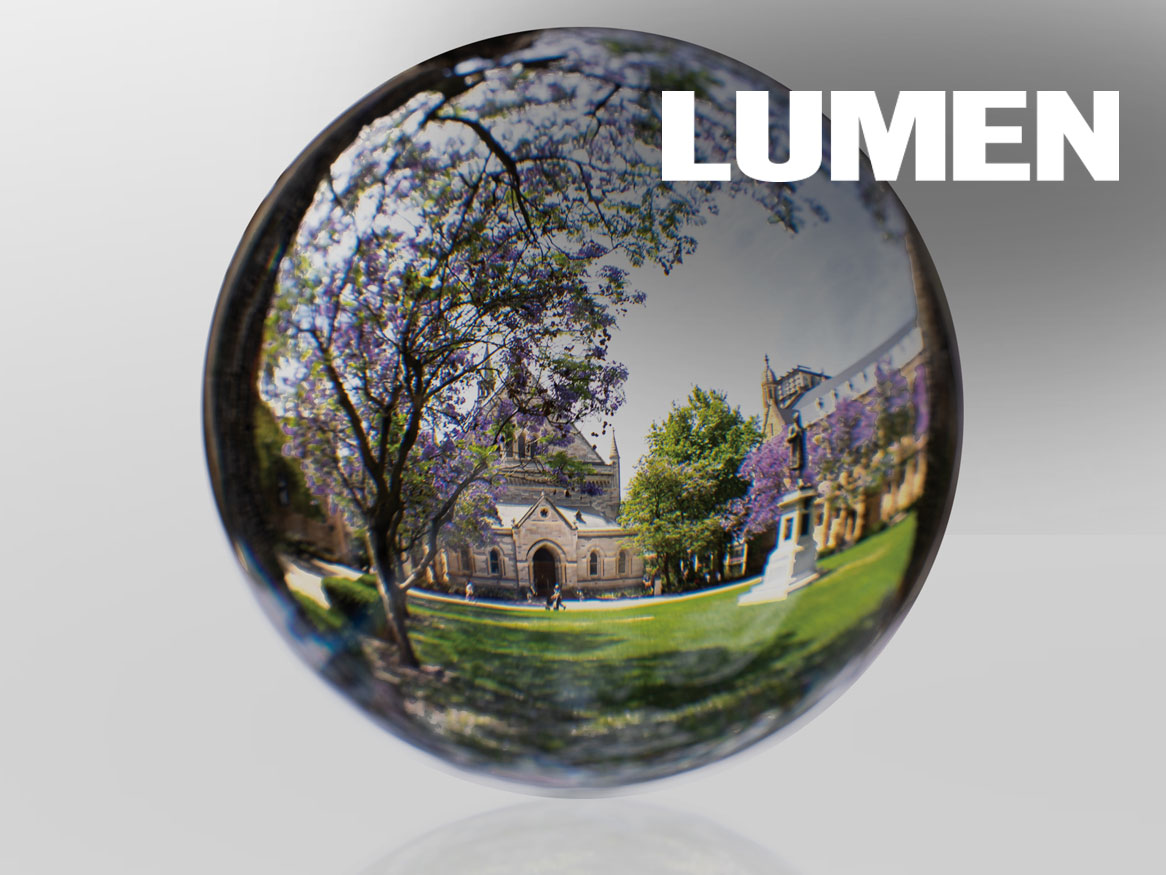New ball to showcase talent in World Cup
Thursday, 5 June 2014
University of Adelaide physics experts believe the new soccer ball created for the 2014 FIFA World Cup starting next week is a "keepers' ball".
The new ball, called Brazuca, should be much more predictable than the 2010 World Cup ball, Jabulani, which was less-than-affectionately labelled a 'beach ball' because of its sometimes erratic flight path.
"The Brazuca has very deep grooves - it's much rougher than Jabulani - and this creates a different pattern of air flow around the ball," says Professor Derek Leinweber, Professor of Physics in the University's School of Chemistry and Physics. He has previously written about and lectured on the aerodynamics of cricket balls, golf balls and earlier World Cup soccer balls.
"The Jabulani was much smoother than the Brazuca with smaller grooves and ridges across its surface," says Professor Leinweber. "That meant the ball had to be moving much faster before the airflow around the ball changed from smooth to turbulent. As this shift to turbulent airflow occurred at high speeds, the ball could make some pretty erratic movements on the way to the net.
"In contrast the Brazuca, with its deeper grooves, hits that turbulent air flow at a lower speed with the result that the ball is much more predictable. In many ways, it's a return to the aerodynamics of the old 32-panel ball."
Professor Leinweber and PhD candidate Adrian Kiratidis have been investigating the likely performance of the new ball by matching up the physics of air flow with available wind tunnel data and video of the ball's movement.
Mr Kiratidis says he believes players taking hard and fast shots in this World Cup won't find the Brazuca as easy to bend into the net as they did with the Jabulani.
"Keepers facing players of the calibre of Messi, Cristiano Ronaldo or Neymar are going to be glad that it's Brazuca coming at them rather than Jabulani," he says.
Mr Kiratidis will explain the science behind World Cup soccer balls at a free public lecture on Thursday 12 June at 6.30pm, just hours before the first kick-off in Brazil.
The lecture, The Brazuca - a better ball?, will be held at 6.30-7.30pm, Lecture Theatre 102, Napier Building, at the University's North Terrace campus.
Commentary from Professor Leinweber and Adrian Kiratidis on the Brazuca is available on the YouTube video here.
Contact details
Email: derek.leinweber@adelaide.edu.au
Professor of Physics
School of Chemistry and Physics
The University of Adelaide
Business: +61 8 8313 3423
Mobile: +61 (0)406 383 577
Media Team
Email: media@adelaide.edu.au
Website: https://www.adelaide.edu.au/newsroom/
The University of Adelaide
Business: +61 8 8313 0814







